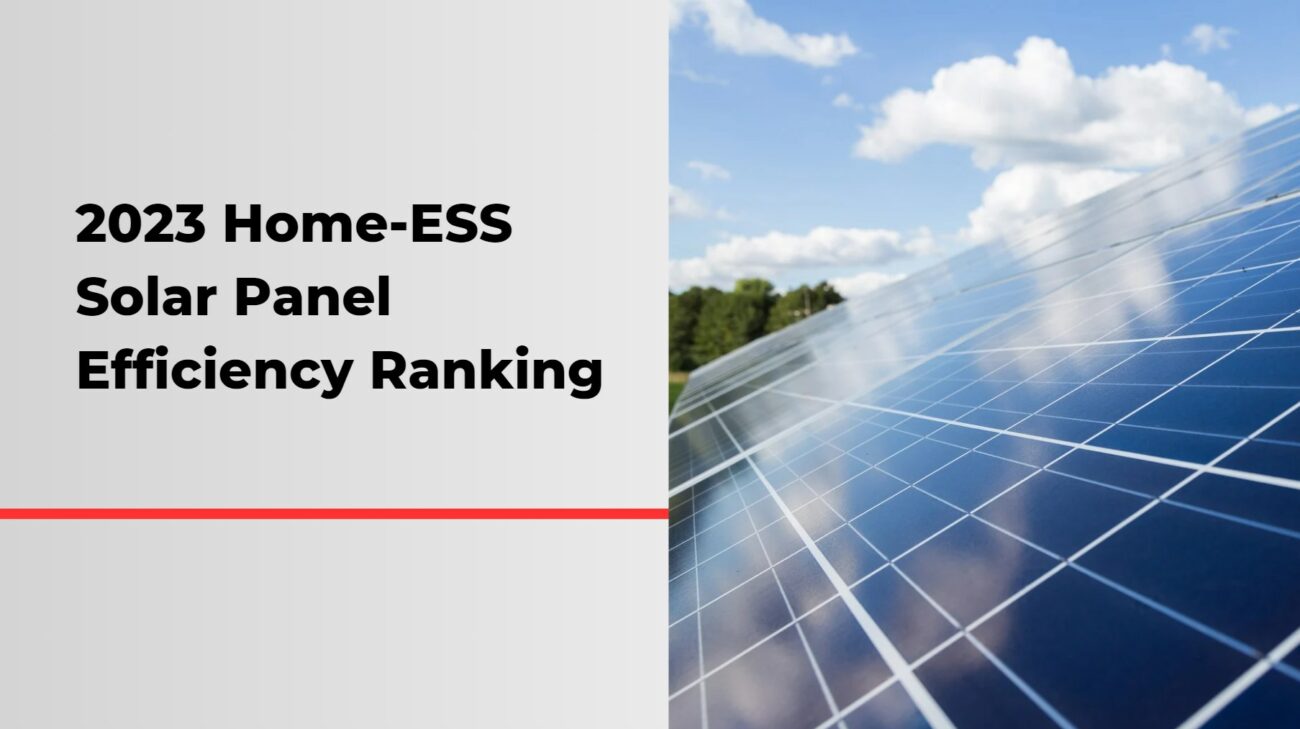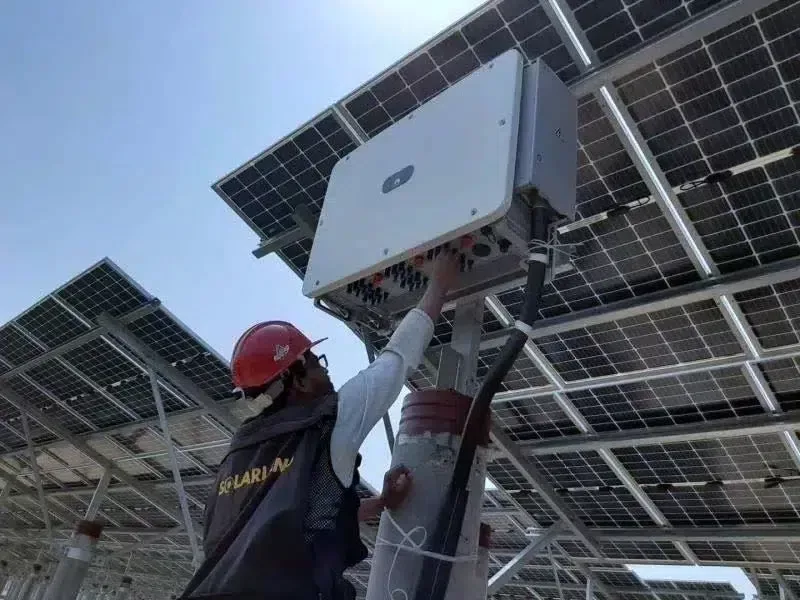When evaluating solar panels for your energy needs, the 100 watt solar panel often stands out due to its balance of efficiency and affordability. In this detailed examination, we will delve into the essential aspects of the output of a 100 watt solar panel, focusing on its performance in terms of amps, watts, and battery charging capacity. This comprehensive guide aims to provide you with a nuanced understanding of how to optimize solar energy utilization for your specific requirements.
What Does a 100 Watt Solar Panel Output Mean?
A 100 watt solar panel is designed to produce 100 watts of power under optimal conditions. This figure is derived from the panel’s power rating, which reflects its peak performance when exposed to ideal sunlight. However, actual performance can vary based on several factors, including sunlight intensity, panel orientation, and temperature.
Power Output in Watts
The power output of a solar panel is typically measured in watts, which represents the rate at which energy is produced. For a 100 watt solar panel, this means it can generate 100 watts of power under ideal conditions. This power output is crucial for determining how much energy the panel can contribute to your overall energy system.
Current Output in Amps
In addition to power, understanding the current output in amps is essential for evaluating a solar panel’s performance. A 100 watt solar panel generally produces around 5.5 amps of current. This current is a direct result of the panel’s wattage divided by the system’s voltage. For instance, with a typical system voltage of 18 volts, the current output is calculated as follows:
Current (Amps)=Power (Watts)/Voltage (Volts)
Thus, a 100 watt panel producing at 18 volts yields approximately 5.5 amps.
Factors Influencing Solar Panel Output
While a 100 watt solar panel has a nominal output of 100 watts and 5.5 amps, several factors can impact these figures in real-world applications:
Sunlight Intensity
The intensity of sunlight has a direct effect on the power output of a solar panel. Panels achieve their peak performance when exposed to full sunlight. Overcast conditions or shadows can significantly reduce the amount of energy a panel produces.
Panel Orientation
The angle and direction at which the solar panel is installed play a critical role in its efficiency. Panels should be positioned to face the sun directly for the maximum amount of sunlight exposure throughout the day. Tilt adjustments and tracking systems can help optimize the orientation and increase energy capture.
Temperature Effects
Solar panels can experience a decrease in efficiency at high temperatures. While the panel’s power rating is measured at standard test conditions (usually around 25°C or 77°F), real-world conditions may involve higher temperatures, which can cause a reduction in output. Temperature coefficients provided by the manufacturer indicate how the panel’s efficiency changes with temperature variations.
Battery Charging Capacity with a 100 Watt Solar Panel
One of the primary uses of a 100 watt solar panel is to charge batteries. Understanding how to match the panel’s output with your battery’s requirements is crucial for effective energy storage.
Daily Energy Production
To estimate how much energy a 100 watt solar panel can provide to a battery, consider its daily output. On a sunny day, the panel can generate about 100 watt-hours (Wh) of energy per hour of peak sunlight. Therefore, in a location with an average of 5 hours of peak sunlight per day, the total daily energy production would be approximately:
Daily Energy (Wh)=Power (Watts)×Peak Sunlight Hours
For a 100 watt panel:
Daily Energy (Wh)=100 Watts×5 Hours=500 Wh
Battery Sizing and Charging
When choosing a battery to be charged by a 100 watt solar panel, it’s essential to match its capacity with the energy production of the panel. For efficient charging, the battery’s capacity should align with the panel’s daily energy output. For example, a 12-volt battery with a capacity of 50 amp-hours (Ah) would require:
Battery Capacity (Wh)=Voltage (Volts)×Capacity (Ah)
For a 12-volt battery with 50 Ah capacity:
Battery Capacity (Wh)=12 Volts×50 Ah=600 Wh
Considering a 100 watt panel producing 500 Wh per day, it would take more than one day to fully charge such a battery, assuming no other energy inputs.
Charge Controller Considerations
A charge controller is crucial for managing the power from the solar panel to the battery. It regulates the voltage and current coming from the panel to prevent overcharging and ensure efficient battery maintenance. For a 100 watt panel, a charge controller rated appropriately for the panel’s current output and battery voltage is essential.
Comparing Solar Panels: Efficiency and Wattage
When selecting solar panels, efficiency and wattage are key factors. Higher efficiency panels convert more sunlight into electricity, providing greater energy output in a smaller space. While a 100 watt panel is a good starting point, higher wattage panels can offer improved performance for larger energy needs.
Efficiency Ratings
Solar panel efficiency is measured as a percentage of sunlight converted into usable electricity. Panels with higher efficiency ratings make better use of available space and sunlight. Monocrystalline panels are known for their high efficiency, while polycrystalline panels offer a more cost-effective solution with slightly lower efficiency.
Wattage Considerations
For applications requiring more power, consider panels with higher wattage ratings. Panels with 200 watts or more can provide greater energy output and reduce the number of panels needed to meet your energy requirements.
Conclusion
A 100 watt solar panel offers a practical solution for various energy needs, balancing cost and performance effectively. By understanding its output in terms of watts and amps, and considering factors such as battery charging capacity and efficiency, you can optimize your solar energy system to meet your specific requirements. Whether you’re setting up a small solar system for home use or expanding an existing setup, this knowledge will guide you in making informed decisions for efficient energy utilization.





